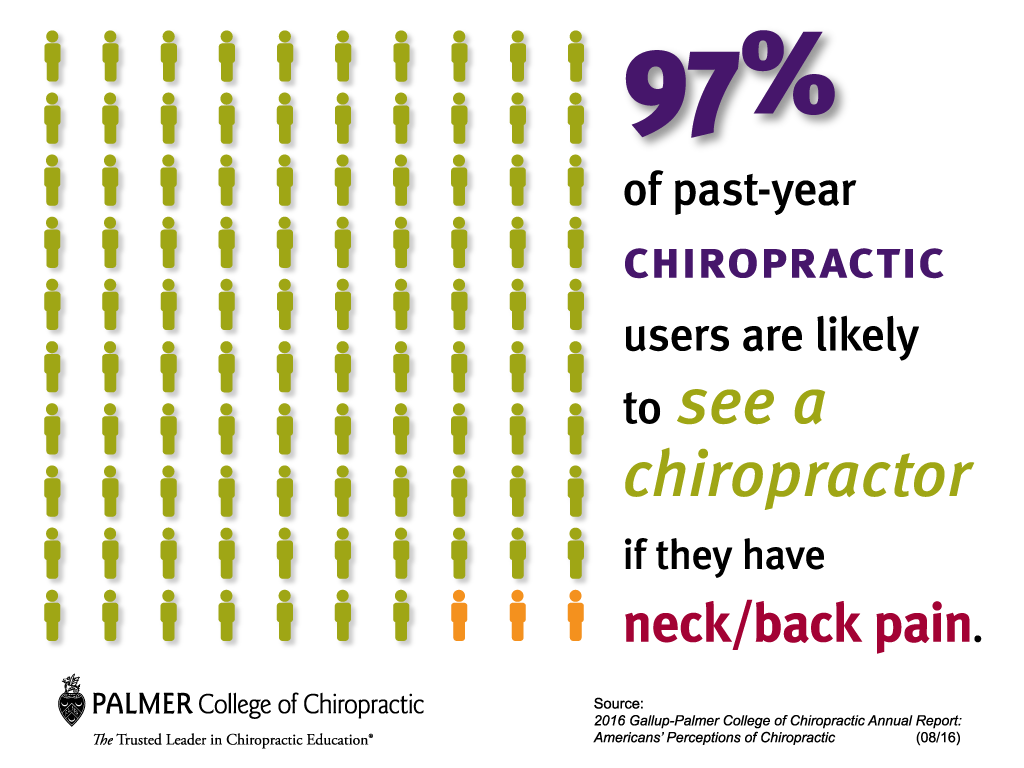Daily Practices That Lead To Pain In The Back And Approaches For Prevention
Daily Practices That Lead To Pain In The Back And Approaches For Prevention
Blog Article
Post By-Cates Rosales
Maintaining correct pose and staying clear of usual mistakes in daily activities can dramatically impact your back health. From exactly how you sit at your desk to exactly how you raise heavy items, little modifications can make a huge difference. Think of a day without the nagging neck and back pain that impedes your every action; the remedy might be simpler than you believe. By making a couple of tweaks to your everyday behaviors, you could be on your means to a pain-free presence.
Poor Posture and Sedentary Way Of Life
Poor stance and an inactive way of life are 2 significant factors to back pain. When joint chiropractor slouch or suspicion over while sitting or standing, you placed unnecessary pressure on your back muscular tissues and back. This can result in muscular tissue discrepancies, stress, and at some point, persistent back pain. Additionally, sitting for extended periods without breaks or physical activity can weaken your back muscles and bring about rigidity and pain.
To fight bad position, make a conscious effort to rest and stand up directly with your shoulders back and lined up with your ears. Keep in mind to keep your feet flat on the ground and avoid crossing your legs for extended durations.
Integrating regular stretching and enhancing exercises into your day-to-day regimen can additionally help enhance your pose and minimize pain in the back connected with an inactive lifestyle.
Incorrect Lifting Techniques
Improper training techniques can dramatically add to back pain and injuries. When you lift hefty objects, bear in mind to bend your knees and utilize your legs to lift, instead of depending on your back muscles. Avoid turning visit this website while lifting and keep the object near your body to minimize strain on your back. It's critical to preserve a straight back and avoid rounding your shoulders while raising to prevent unneeded stress on your spinal column.
Always analyze the weight of the object prior to raising it. If it's also heavy, request for aid or use tools like a dolly or cart to transfer it safely.
Remember to take breaks throughout lifting tasks to give your back muscular tissues a possibility to relax and stop overexertion. By executing appropriate lifting techniques, you can prevent neck and back pain and minimize the risk of injuries, ensuring your back stays healthy and strong for the long term.
Absence of Routine Workout and Extending
A less active way of living without normal workout and extending can significantly contribute to neck and back pain and discomfort. When you do not take part in physical activity, your muscular tissues become weak and inflexible, leading to inadequate position and boosted pressure on your back. Normal workout aids enhance the muscles that support your back, enhancing security and lowering the risk of pain in the back. Incorporating stretching into your regimen can also boost flexibility, protecting against stiffness and pain in your back muscular tissues.
To stay please click the up coming article of neck and back pain triggered by a lack of exercise and stretching, go for at the very least 30 minutes of modest physical activity most days of the week. Consist of exercises that target your core muscle mass, as a strong core can help alleviate stress on your back.
Additionally, take breaks to stretch and move throughout the day, especially if you have a desk task. Easy stretches like touching your toes or doing shoulder rolls can aid eliminate stress and prevent back pain. Focusing on routine workout and stretching can go a long way in maintaining a healthy back and reducing discomfort.
Conclusion
So, keep in mind to sit up directly, lift with your legs, and stay active to prevent neck and back pain. By making simple adjustments to your day-to-day routines, you can avoid the pain and constraints that include back pain. Care for your back and muscle mass by practicing excellent posture, proper training methods, and normal exercise. Your back will certainly thank you for it!
